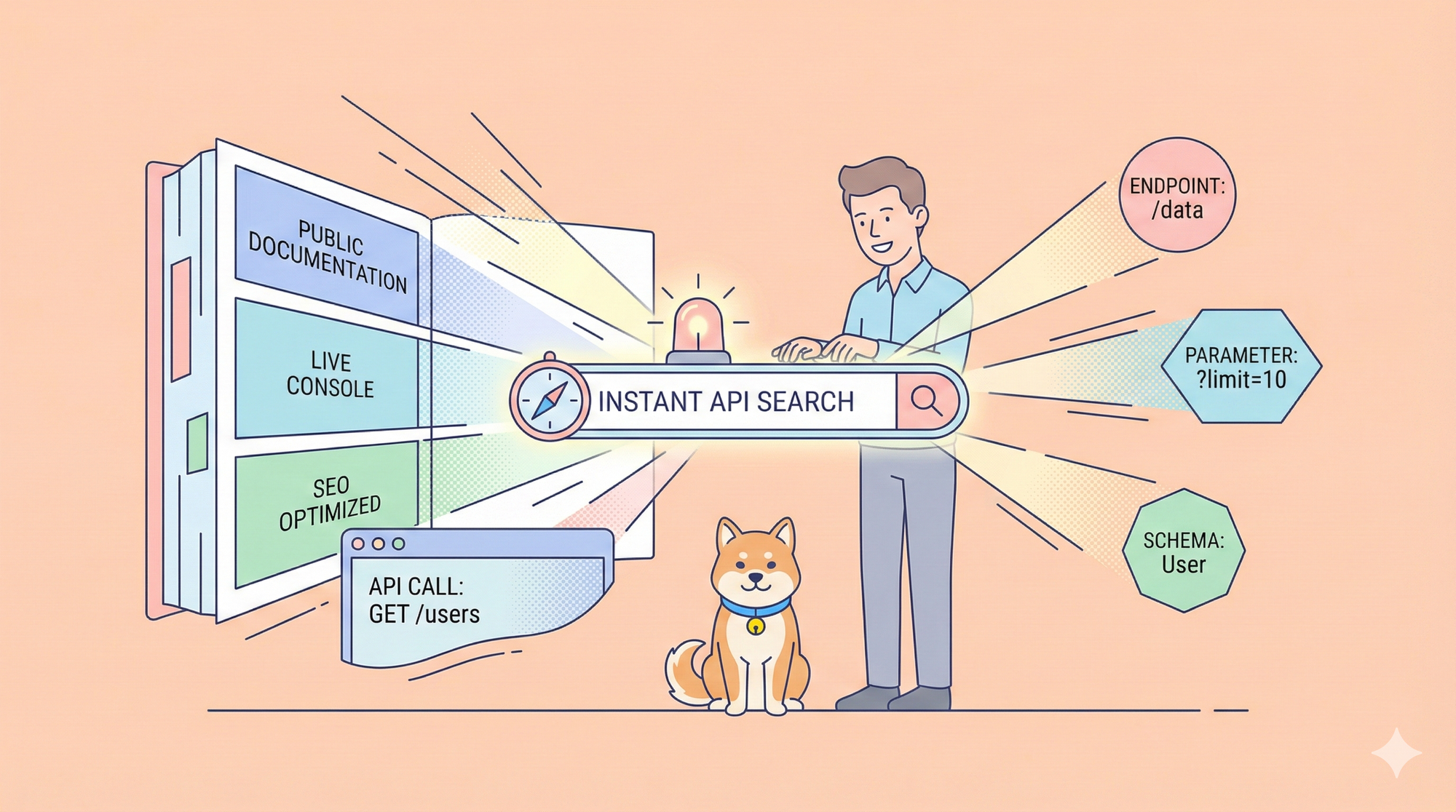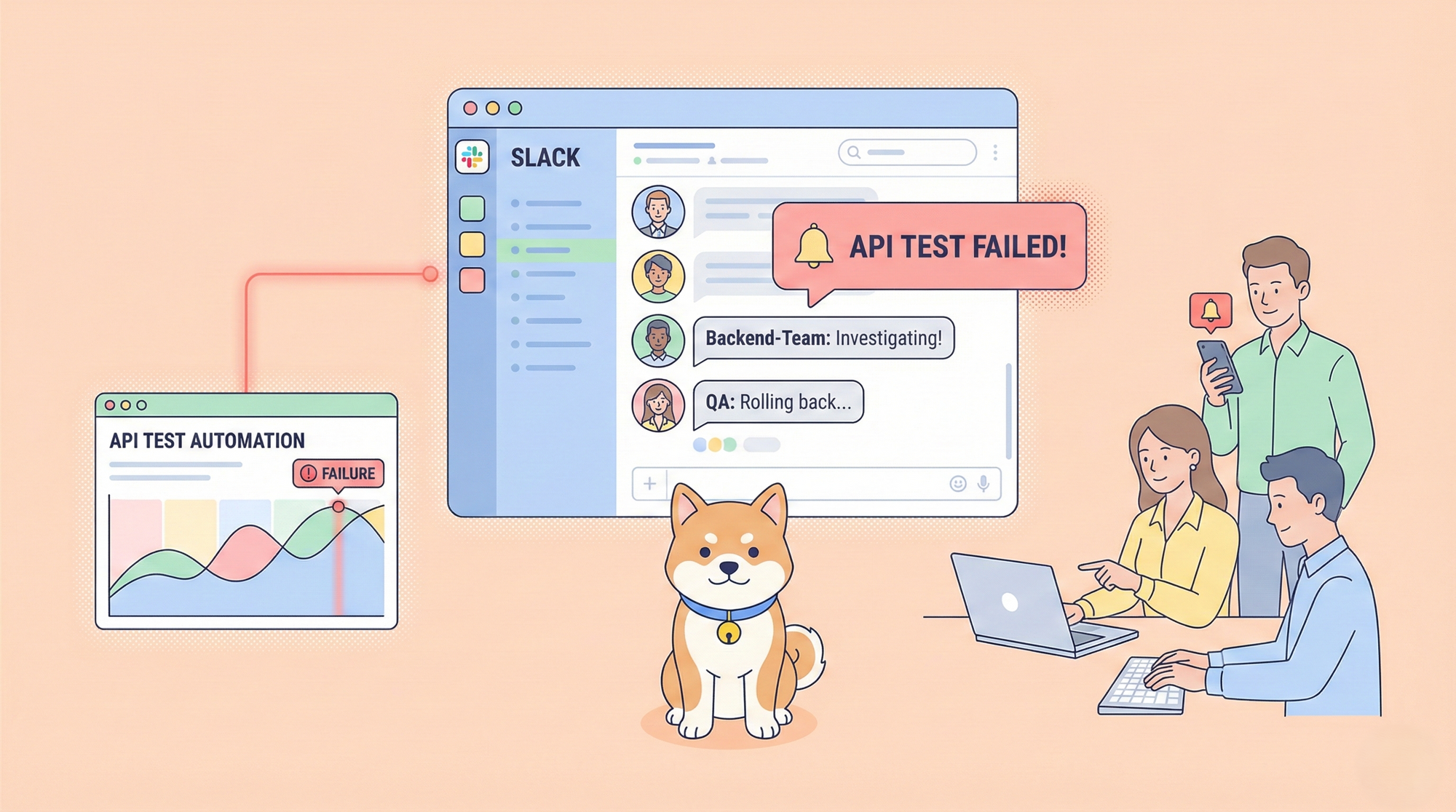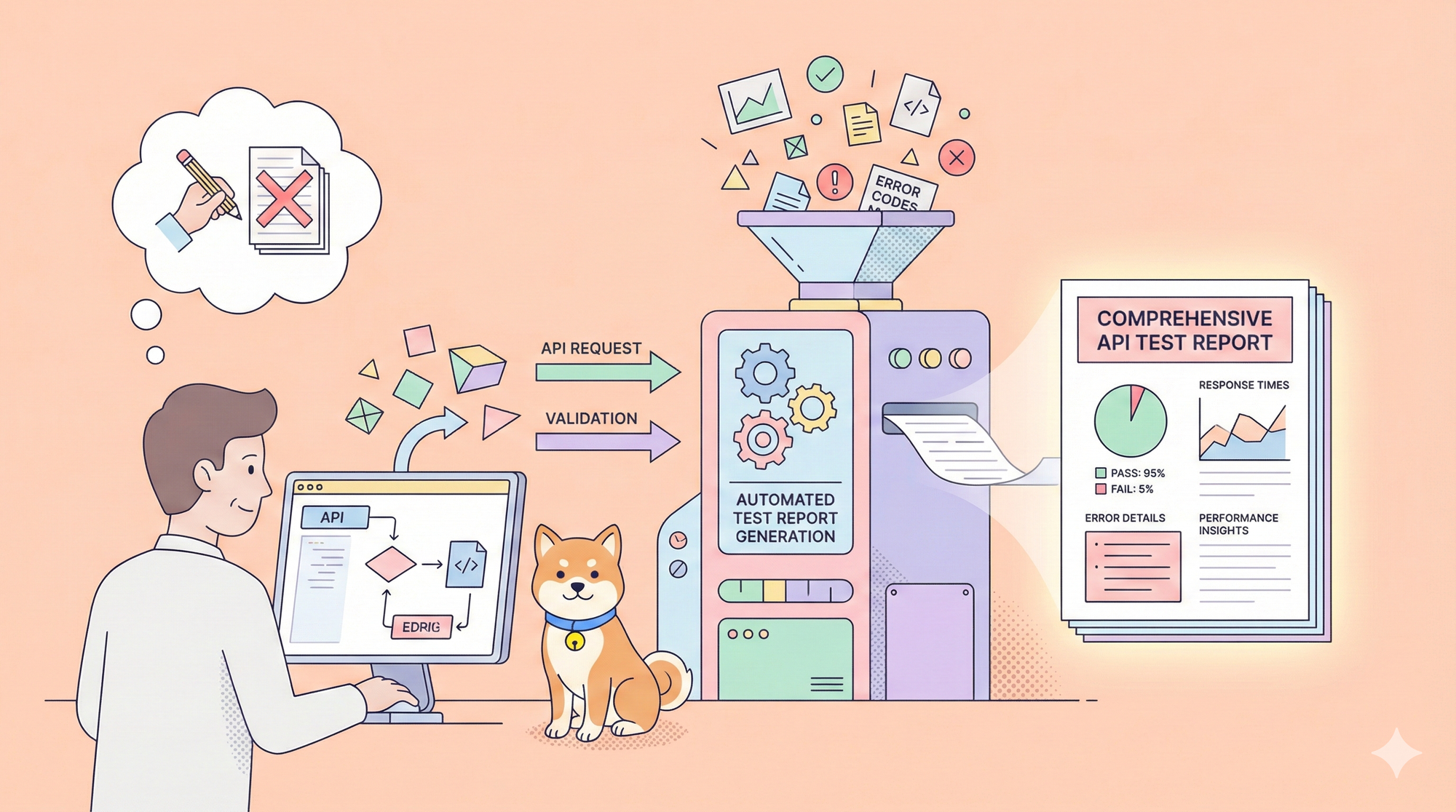In software development, testing is essential. Even with the best coding and thorough initial testing, there's always the chance that something will slip through the cracks.
That’s why load testing is so important. While commercial tools are available for this task, open-source load testing software can also be a valuable option.
In this guide, you’ll learn about:
- The importance of load testing
- Top open-source and free performance testing tools for load and stress testing
- Key features of each tool
Why is Load Testing Crucial?
Load testing is a specific type of performance test designed to simulate many concurrent users accessing the same system at once. The goal is to see if the system’s infrastructure can handle the load without sacrificing functionality or allowing performance degradation.
Load testing helps determine if:
- Response times for critical actions meet user requirements or KPIs.
- Key business functionalities perform properly under heavy load.
- Your infrastructure can scale during stress tests.
There are two main types of performance testing:
- Front-end testing: Measures how fast your website loads and displays content.
- Back-end testing: Involves sending multiple requests to servers to check if they can handle simultaneous requests.
While many performance testing tools focus on API endpoints, tools like xk6-browser also test browser performance.
Effective performance testing is essential for customer satisfaction. If your application doesn’t meet user expectations or service-level agreements, users may switch to competitors.
Is Load Testing Functional or Non-Functional?
Load testing is generally considered non-functional because it focuses on testing performance, reliability, and resource usage, rather than specific functions or user stories. However, poor performance can severely affect user experience, blurring the line between functional and non-functional testing.
It's best to integrate load testing alongside functional testing for a comprehensive approach to quality. Dedicated load testing is still necessary to push the system to its limits and identify weaknesses.
Why Start Load Testing Early?
Incorporating load testing early and regularly in the software development process is essential for several reasons:
- Identify performance bottlenecks early: By testing how the system performs under stress early in development, potential issues can be addressed before they affect users.
- Enhance user experience: A proactive approach ensures that the software is reliable and efficient, providing a better overall user experience.
- Smaller applications benefit too: Even smaller applications can benefit from load testing, as it reveals how they perform under stress.
- Maintain performance over time: Regular load testing helps ensure that your software continues to perform well as new features are added.
Key Reasons to Start Load Testing Early:
- Detect performance issues before they affect real users.
- Establish baseline performance metrics to track progress.
- Ensure the app remains performant as new features are added.
- Optimize and fix performance issues during development, not after launch.
- Foster a culture where performance is a team-wide responsibility.
Below, we compare some of the top load testing tools to help you choose the best one for your performance testing needs.
Top Load Testing Software for 2026
This list includes open-source and free tools to get you started with automated performance and API load testing—without spending any money.
0. Apidog

Apidog is a powerful all-in-one API development platform that simplifies API design, documentation, testing, and mocking. With its comprehensive testing suite, Apidog ensures APIs are not only functional but also high-performing and scalable, making it an essential tool for developers and testers.

API Testing Features in Apidog:
- Integration Testing – Ensures seamless interaction between different modules and external systems, crucial for microservices architectures.
- End-to-End Testing – Simulates real user scenarios to verify the complete operational flow of an API, ensuring business and user requirements are met.
- Regression Testing – Continuously tests APIs after updates to ensure new changes do not break existing functionality.
- Performance Testing – Measures API response times, stability, and resource consumption under different load conditions.
- Load Testing – Simulates high traffic to analyze API performance under peak usage, identifying potential bottlenecks.
- Automated Testing – Enables scheduled and CI/CD-integrated tests to maintain API stability throughout development.
- Mock API Testing – Allows testing API behavior before the backend is fully developed, speeding up development and debugging.
- Detailed Reporting & Analytics – Provides actionable insights with logs, response time analysis, and error tracking for better debugging and optimization.
Know more about Apidog's API testing feature here.
1. JMeter

JMeter is one of the most popular open-source load testing tools for measuring application performance and response times. Originally developed as an alternative to LoadRunner, JMeter provides a powerful yet somewhat complex interface for professional performance testers.
Key Features:
- Supports multiple protocols, including Java Objects, HTTP/HTTPS, SOAP, REST, FTP, and JDBC.
- Comes with a built-in IDE for recording, building, and debugging tests.
- Uses Groovy as the default scripting language since JMeter 3.1.
- Can be configured to test the performance of mobile applications.
- Allows writing performance tests in Java using jmeter-java-dsl with IDE autocompletion and inline documentation.
Cons:
- Scalability challenges: Running large distributed load tests requires manually configuring multiple machines, leading to orchestration issues.
2. Taurus

Taurus is not a load testing tool itself but a wrapper that simplifies performance testing in software testing by integrating with tools like JMeter, Locust, Gatling, and Selenium.
Key Features:
- Uses YAML/JSON for test scripting, making it easy to write and review tests in just a few lines of code.
- Integrates seamlessly into CI/CD pipelines, allowing teams to automate performance testing software efficiently.
- Provides an abstraction layer over multiple load testing tools.
- Highly readable and team-friendly test scripts.
For example, a Taurus YAML file example Python script can simplify complex load testing scenarios.
3. Locust

Locust is a Python-based load testing tool designed for easy scalability and resource efficiency. Unlike JMeter, which uses a thread-based architecture, Locust is event-driven, consuming significantly fewer resources.
Locust vs. JMeter
- Resource Usage: Locust requires ~70% fewer resources than JMeter.
- Terminology: Instead of "load generators", Locust uses "swarms" to simulate user traffic.
- Flexibility: Locust allows defining custom behaviors for virtual users.
- Real-Time Monitoring: A web UI helps track test execution in real time.
Key Features:
- Write test scripts in Python.
- Easily scalable to handle large numbers of simulated users.
- Web-based UI for real-time monitoring.
- Extensible and API-friendly.
Cons
- Limited plugin ecosystem compared to JMeter.
4. Fiddler

Fiddler is a web debugging proxy that helps analyze HTTP requests and responses. When combined with Watcher (a security add-in) and BlackWidow (a web crawler), it becomes a lightweight performance testing and security auditing solution.
Key Features:
- Debug web applications by capturing and analyzing traffic.
- Perform security testing using Watcher.
- Identify performance bottlenecks with detailed network insights.
- Integrates with multiple platforms and tools.
This combination is ideal for beginners in performance engineering looking for a quick and free way to get started.
5. nGrinder

nGrinder is an enterprise-grade performance testing tool designed to simplify large-scale stress testing.
Key Features:
- Supports scripting in Jython and Groovy.
- Multi-agent architecture for executing distributed tests.
- Custom library support (e.g., .jar, .py).
- Automated result collection from distributed agents.
6. The Grinder

The Grinder is a Java-based framework for distributed load testing. It uses multiple load generator machines to measure system performance under heavy loads.
Key Features:
- Works with any Java API-based system.
- Comes with a GUI console for easy test execution.
- Manages client connections and cookies automatically.
7. Gatling

Gatling is a high-performance load testing tool built with Scala, Akka, and Netty.
Key Features:
- Powerful yet simple DSL for test scripting.
- Easily extendable with custom functions.
- Scenario recorder for capturing and replaying interactions.
- Shift-left approach to performance testing.
8. k6

k6 is an open-source, developer-friendly load testing tool designed for CI/CD integration. Built with Go and JavaScript, it fits seamlessly into modern development workflows.
Key Features:
- Clean and simple scripting API.
- Supports distributed and cloud execution.
- REST API orchestration capabilities.
- xk6-browser extension for front-end and back-end performance testing.
9. Tsung

Tsung is a multi-protocol, distributed load testing tool that supports large-scale performance testing.
Key Features:
- Monitors CPU, memory, and network traffic during tests.
- Comes with an HTTP recorder.
- Provides HTML reports and visual graphs.
- Supports multiple protocols, including HTTP, XMPP, and LDAP.
10. Siege

Siege is a command-line load testing tool for benchmarking web applications.
Key Features:
- Supports basic authentication, cookies, HTTP, HTTPS, and FTP.
- Simulates high-traffic conditions with configurable users.
- Ideal for brute-force load testing.
11. Bees with Machine Guns

Developed by the Chicago Tribune, Bees with Machine Guns uses Amazon EC2 instances to simulate large-scale traffic.
Key Features:
- Scalable cloud-based load testing.
- Automates load testing using micro EC2 instances.
12. Fortio

Fortio is a versatile load testing library, command-line tool, advanced echo server, and web UI built in Go (Golang).
Key Features:
- Fast and lightweight – Small footprint with a minimal 3MB Docker image.
- Reusable and embeddable – Works as a Go library, making integration seamless.
- Detailed performance metrics – Records latency histograms and other valuable stats.
13. Puppeteer-WebPerf

Puppeteer-WebPerf is an automation tool for web performance testing that enables developers to collect and analyze performance stats for page loads.
Key Features:
- Capture a DevTools trace with screenshots.
- Collect runtime performance metrics.
- Generate a detailed performance analysis of web pages.
14. Flood Element

Flood Element is an open-source tool that allows developers to mimic user interactions in a browser while conducting performance tests.
Key Features:
- Simulates user interactions by opening a browser and interacting with elements.
- Helps detect real-world performance issues from an end-user perspective.
- Supports cloud-based execution, enabling large-scale tests across multiple nodes.
- Uses TypeScript-based test scripts for easy customization.
15. Artillery.io

Artillery.io is a powerful open-source load testing tool with optional premium services.
Key Features:
- Supports HTTP, WebSocket, Socket.IO, Kinesis, and HLS protocols.
- Provides detailed insights into latency, requests per second, concurrency, response times, and throughput.
- Allows custom scripting using JavaScript, leveraging NPM modules for enhanced flexibility.
- Integrates with Playwright to use existing test scripts for performance testing.
For example, Artillery load test read JSON file functionality simplifies complex test configurations.
16. Ddosify

Ddosify is an open-source, eBPF-based performance testing and monitoring platform designed for Kubernetes.
Key Features:
- Kubernetes Monitoring – Automatically creates service maps, detects bottlenecks, and provides real-time CPU, memory, disk, and network usage metrics.
- Multi-location Performance Testing – Supports global performance testing from 25+ locations with a scenario builder and Postman integration.
- Zero-code instrumentation – No service restarts or additional dependencies needed.
How to Find the Right Load Testing Tool for Your Team and Use Case
Choosing the right load testing tool can be overwhelming, but with careful consideration of your team’s needs and objectives, you can make a well-informed decision. Here are some important factors to consider when selecting a load testing tool for your organization:
1. Evaluate Your Requirements and Objectives
Start by defining your testing goals. Identify the specific areas you want to stress test—whether it's a particular application, service, or infrastructure. Ask yourself the following questions:
- What kind of traffic volume do you expect?
- Are you testing a web application, an API, or a mobile app?
- What level of detail do you need in your test reports?
2. Consider Your Team’s Size and Expertise
Different tools require different levels of expertise. If your team is large or has a mix of skill levels, a user-friendly tool with easy-to-read reports may be ideal. If you have performance engineers or developers with specialized skills, a more complex tool with advanced customization options might be a better fit.
3. Assess the Complexity of Your Application
The complexity of the application you are testing plays a significant role in determining which load testing tool to use. For complex web applications, you may need a tool that can simulate a variety of user behaviors. If you’re testing simple APIs, a lightweight, easy-to-use tool may suffice.
4. Look at Protocols and Technologies Supported
Different tools support different protocols and technologies. Make sure the load testing tool you choose can handle the protocols your application uses, such as HTTP, WebSocket, FTP, or others. Tools that support browser-based testing or mobile app testing may also be necessary depending on your application.
5. Consider Integration with Your Development Process
Integrating the load testing tool into your CI/CD pipeline is crucial for automation. Choose a tool that can easily integrate with your existing infrastructure and development workflow. This will help streamline your testing process and allow for continuous performance validation.
6. Cloud-Based Features and Scalability
Cloud-based tools offer the benefit of scaling your tests easily. They can simulate a large number of virtual users from multiple geographic locations without the need to invest in physical infrastructure. Look for tools that provide flexibility in cloud execution to ensure scalability as your traffic volume grows.
7. Cost and Licensing Models
Cost can be a significant factor when selecting a load testing tool. Open-source tools often offer more flexibility and cost savings, but they may require additional setup and maintenance. Commercial tools usually come with more support but may have licensing costs. Evaluate your budget and the total cost of ownership.
8. Take a “Toolbox” Approach
Rather than expecting one tool to meet all your needs, take a toolbox approach. Use different tools for different scenarios. For instance, you might use one tool for API load testing, another for browser-based testing, and yet another for simulating mobile traffic.
Key Practices for Effective Load Testing
Once you've selected the right tool for your needs, it's important to follow best practices to ensure effective load testing:
- Set Clear Goals and Exit Criteria: Define the objectives of your load testing and what you aim to measure. Are you testing for scalability, resilience, or performance under peak load?
- Use Realistic Test Scenarios: Avoid using dummy data or unrealistic scenarios. Base your tests on actual user behaviors and production traffic patterns.
- Understand Your Traffic: Make sure you understand your production environment and traffic patterns. Set appropriate concurrency levels and ramp-up times to mirror real-world usage.
- Automate with CI/CD: Integrate load testing into your CI/CD pipeline so that performance testing is part of your regular development process.
- Monitor Client-Side Performance: Don’t just focus on server-side metrics. Monitor network performance and client-side metrics to get a comprehensive view of your application’s behavior.
- Analyze and Optimize: After running the tests, analyze the results to identify bottlenecks. This includes optimizing the server, database, and network layers, as well as the front-end performance.
- Retest After Fixes: Load testing should be an ongoing process. After optimizing your system, retest to verify that the changes have had a positive impact. Continue monitoring in production.
By taking a systematic approach to selecting the right load testing tools and following these best practices, your organization can ensure its systems are well-prepared to handle real-world traffic and user loads.
Conclusion
In the realm of performance testing in software testing, choosing the right tool is crucial for ensuring application reliability and scalability. From JMeter software download to stress test software PC, the tools discussed in this article cater to a wide range of needs, including website load testing, API load testing, and stress testing in software testing. Open-source options like JMeter, Locust, and Artillery.io provide flexibility and robust features, while tools like Taurus and Ddosify simplify complex workflows and integrate seamlessly into modern development pipelines.
Whether you're a beginner or an experienced performance tester, these load testing tools, performance testing tools, and website testing tools offer solutions for how to test system performance, stress test your website, and test load effectively. By leveraging these tools, teams can ensure their applications perform optimally under various conditions, from volume testing in software testing to penetration load testing.



